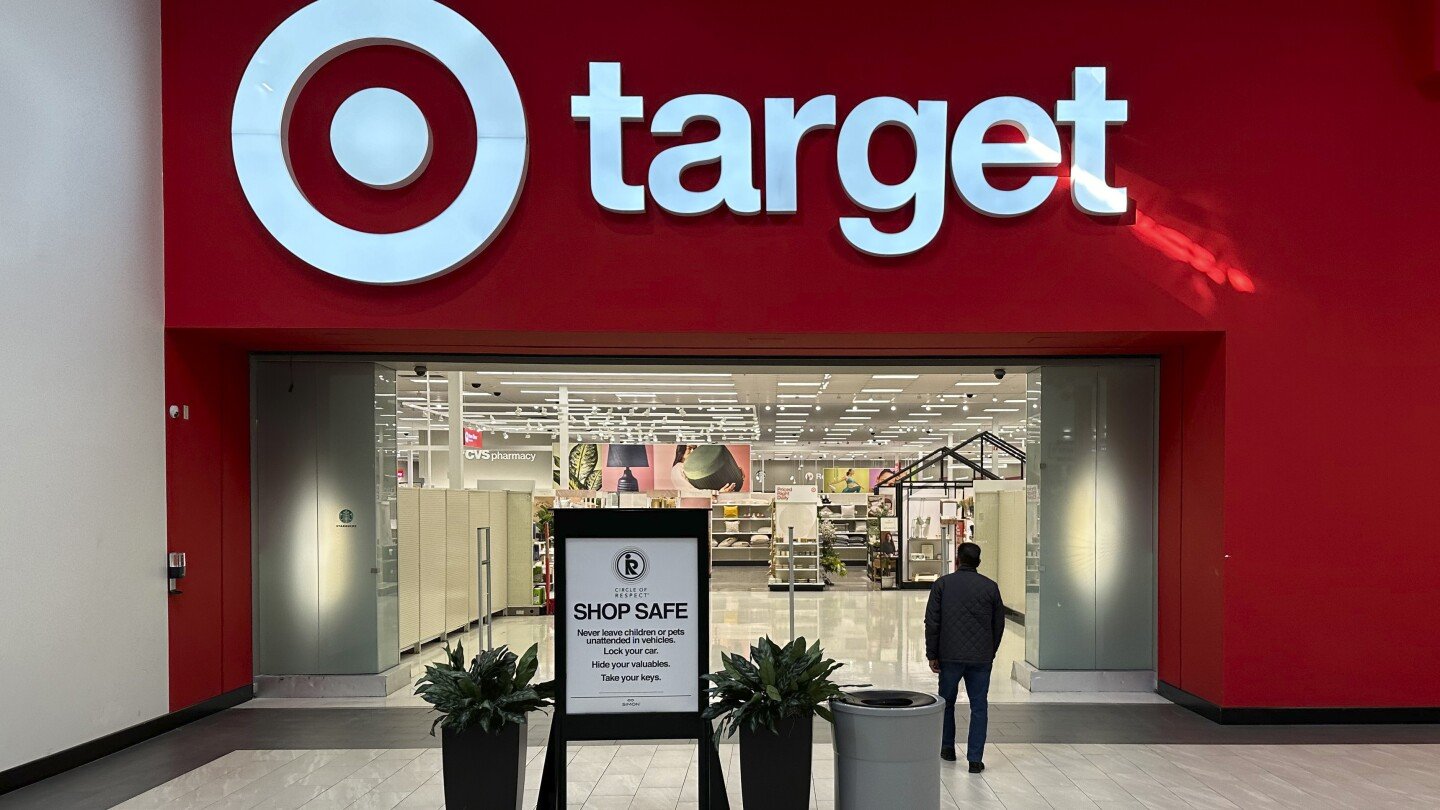Target plans to cut prices on thousands of consumer basics this summer, from diapers to milk, as inflation cuts into household budgets and more Americans pay closer attention to their spending.
The price cuts, already applied to 1,500 items, will eventually include 5,000 food, drink and essential household goods. Target and other retailers are increasingly catering to customers who are struggling with higher prices for groceries, though inflation has begun to cool. Many of them have switched to private label brands sold by Target and others big retailers, which are typically less expensive than well-known brands.
Target launched one such collection in January called Dealworthy which includes nearly 400 basic items, ranging from clothing to electronics, that can cost less than $1, with most items under $10.
Last week, McDonald’s said that it was planning to introduce a $5 meal deal in the U.S. next month to counter slowing sales and customer frustration with higher prices. Walmart posted strong quarterly sales last week driven by a influx of customers, including households with incomes of more than $100,000, looking for bargains.



…which means they were intentionally overpriced to begin with.
Way to bury the lede, AP.
Government enforced lockdowns disrupted production of various goods and destroyed global supply lines by preventing people from working. Prices rose because of market volatility and scarcity, oh, and massive amounts of money printing.
COVID disrupted production, or more so many companies expected decreased demand so they adjusted production down but work from home actually caused an excess demand and the market couldn’t adjust. That was true for some goods, not all. Companies noticed that despite the higher prices on disrupted goods, demand didn’t drop, so they used inflation as an excuse to raise prices across the board.